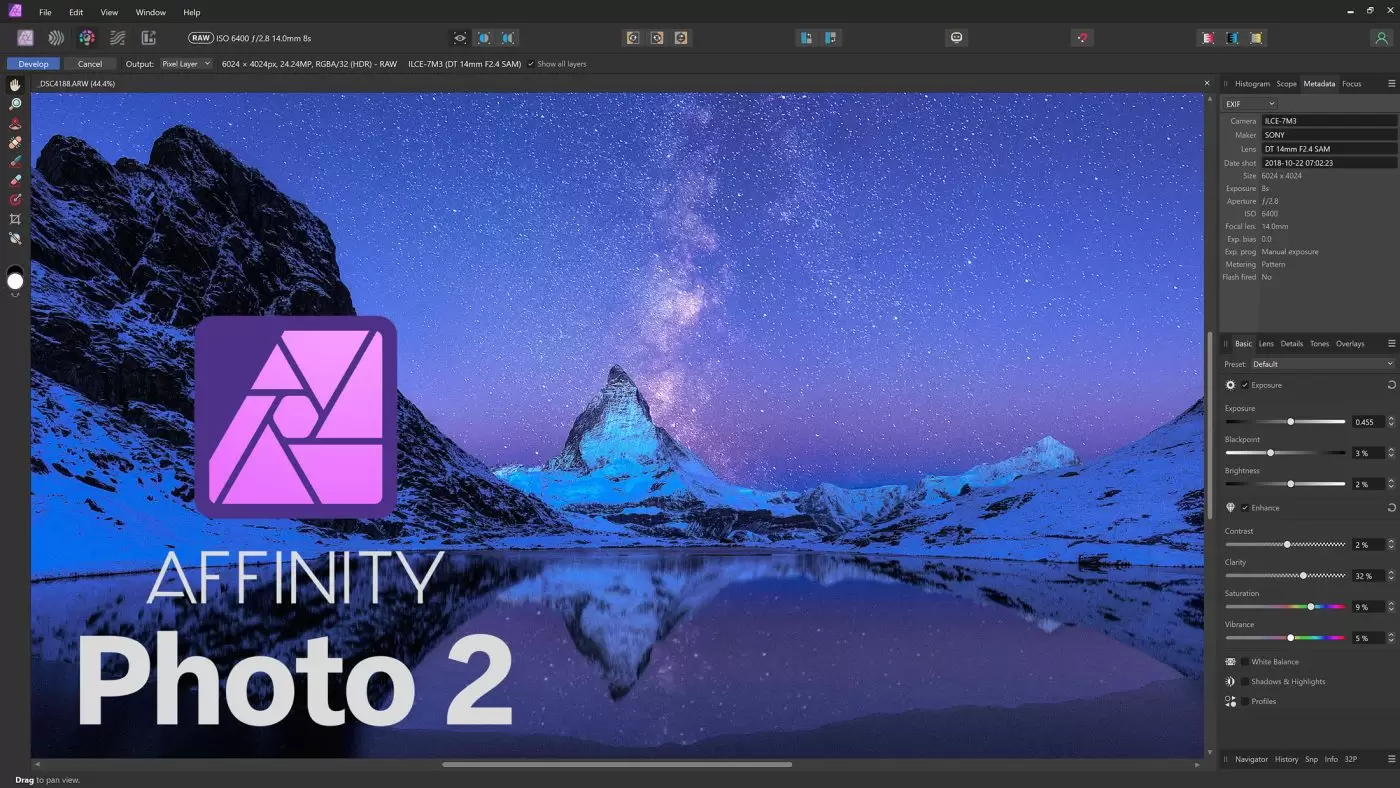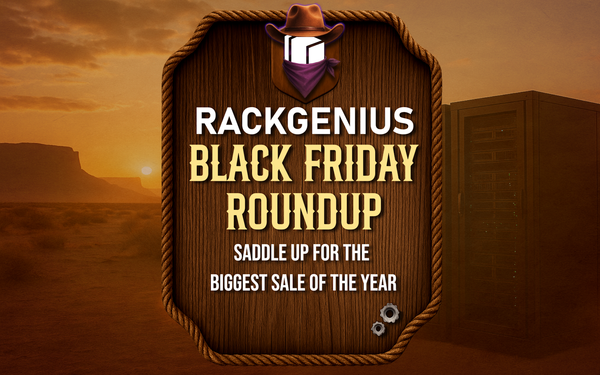The Rise of Canva and What This Means for the Future of Design

Canva has been quietly changing the world of design one update at a time. What started as a simple drag-and-drop tool for creating social media graphics has become a full creative platform. From templates and collaboration to AI tools and now professional-grade software, Canva is no longer just “that free design site.” It’s becoming the go-to resource for people who want to create.
I’ve always preferred learning the craft myself before relying on automation. I think there’s real value in improving your own skills before letting AI do the work for you. Still, when a tool like Canva offers this much for free, it’s hard not to notice.
Recently, Canva made some big moves that show just how serious they are about becoming the main hub for design and creativity.
Canva Buys Affinity

Earlier this year, Canva announced it was acquiring Affinity, the professional design suite that competes with Adobe Photoshop, Illustrator, and InDesign. Affinity’s biggest selling point used to be its one-time purchase model, which designers loved because it offered a full suite of tools without monthly fees. (Similar to Davinci Resolve by BlackMagic Design)
After the acquisition, Canva confirmed that Affinity will now be free forever, keeping its core features available for everyone. The only paid features will be AI tools and advanced cloud options. Personally, I think that sounds perfect. If I ever decide I want to try out the AI tools, I’ll grab them then. For now, I’d rather keep improving my own design skills.
This move feels like Canva is minimizing the gap between casual creators and professionals. You can start designing for free, learn at your own pace, and move into more advanced projects when you’re ready.
Canva Create 2025: The Big Update
Canva just held its own showcase event to announce a huge wave of new tools and updates. The focus was on speed, flexibility, and bringing every kind of content creation into one place.
Here are some of the highlights:
- New Video Editor – Canva introduced a full video editing platform similar to CapCut, built right into the main Canva dashboard. It’s made for short-form videos like Reels, TikToks, and YouTube Shorts, but can also handle longer content.
- Canva Sheets and Charts – New data tools combine spreadsheets with design, letting users create charts and infographics directly in Canva without switching between apps.
- AI Video and Animation Tools – Canva’s latest AI features can generate realistic video clips and scenes from text prompts, powered by tools like Google’s Veo 3. Even though I like editing manually, it’s impressive to see this kind of tech available to everyone.
- Affinity Integration – The Affinity suite will soon connect directly with Canva, allowing professional designers to use advanced tools while staying within the Canva ecosystem.
- Visual Suite 2.0 – Canva’s new interface combines design, video, code, and content creation into one workspace. They’re calling it a “Creative Operating System.”
If you’ve ever bounced between multiple programs to finish one project, this update changes everything.
Canva is Becoming an Easier-to-Use Mailchimp
Another area where Canva is quietly stepping up is email marketing. Inside Canva, you can now create full email blasts using pre-built templates that look just as good as what you’d build in Mailchimp or Constant Contact.
The difference is that it’s way simpler. Instead of learning a separate dashboard or managing complicated automations, Canva’s drag and drop layout makes it easy to design and send beautiful emails in minutes.
You can choose from hundreds of ready-to-use templates, customize colors, fonts, and branding, and even connect your contact lists if you want to send directly from the platform. It’s the same flexibility that made Canva popular for social posts, now applied to email marketing.
This makes it especially useful for small businesses (Like us), freelancers, or creators who want to send newsletters or updates without spending hours figuring out complex marketing software. You get the professional look of a Mailchimp campaign with half the setup and none of the stress.
Why This Matters
For creators, small businesses, and anyone trying to level up their content, this signals a real shift. Canva isn’t just for quick graphics anymore. It’s leveling itself up as an all-in-one platform for design, video, and creative production.
Here’s why it matters:
- More creative freedom – You can now handle more of your design work yourself without juggling multiple programs or subscriptions.
- Faster workflows – Canva’s focus on accessibility means you can design anywhere and stay productive on the go.
- Lower cost barrier – Most of Canva’s features remain free, which helps new creators and small teams compete with bigger players.
- AI as an option, not a rule – You can use AI when it helps, but it’s not forced on you. That keeps creative control in your hands.
- Professional features for everyone – With Affinity included, Canva is entering the pro design space while staying easy to use.
- Smarter communication tools – Between design templates, video tools, and now email creation, Canva is becoming the one-stop shop for digital communication and creation.
The key thing to watch will be how Canva manages the balance between free tools and premium upgrades. If they keep that balance right, this could mark a new era for accessible design.
Final Thoughts
I’m extremely excited to see where Canva is headed. They’re not just competing with Adobe or Mailchimp anymore. They’re changing how people think about creativity and communication. The commitment to keeping tools open and simple is giving creators the power to experiment and grow without huge costs or complicated setups.
If Canva stays true to its promise of keeping the core free while adding new features that matter, it’s going to adapt how we all create.
So whether you’re designing a Blog thumbnail, building a brand for your business, or sending out your next newsletter, the rise of Canva might make it easier than ever to bring your ideas to life.





